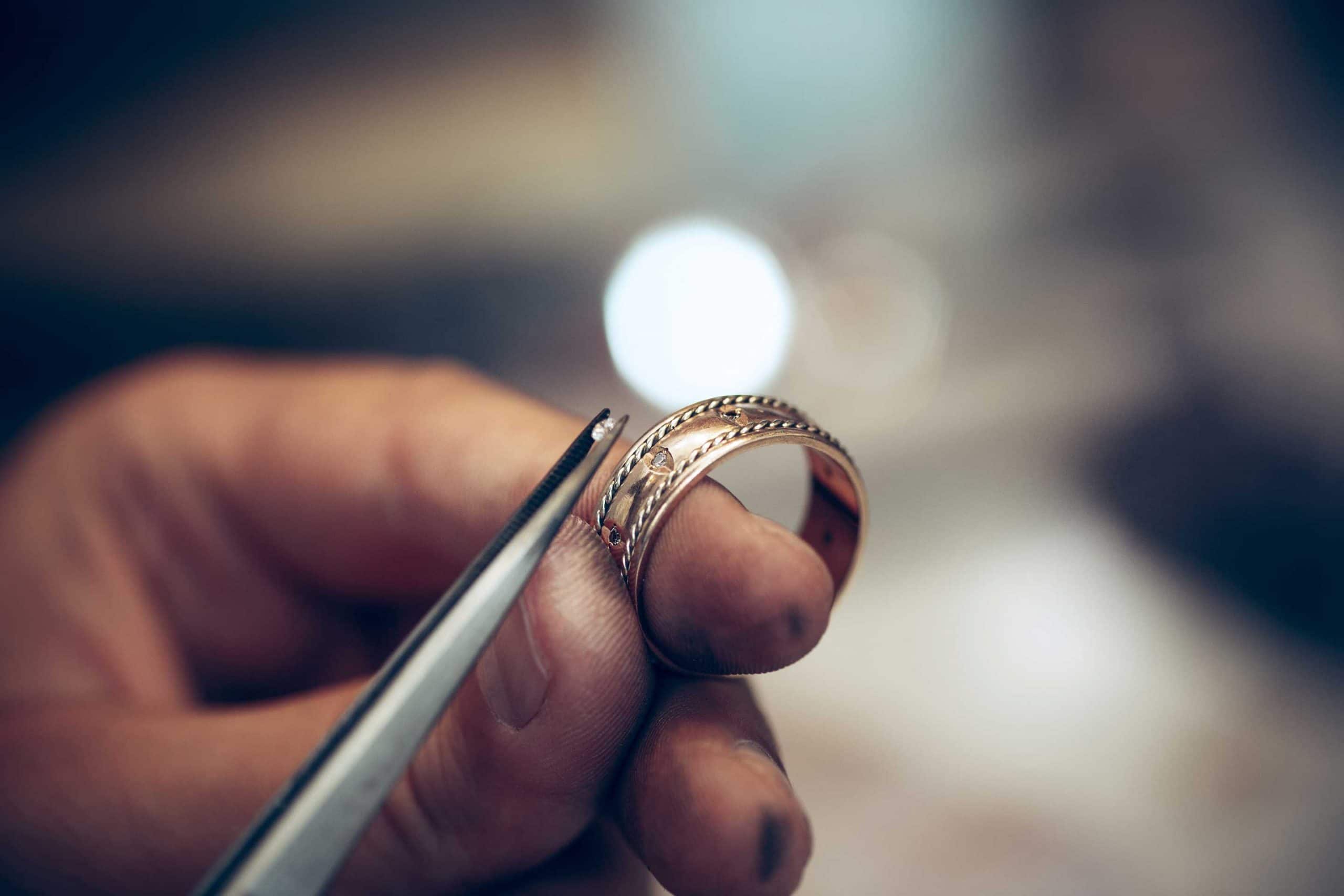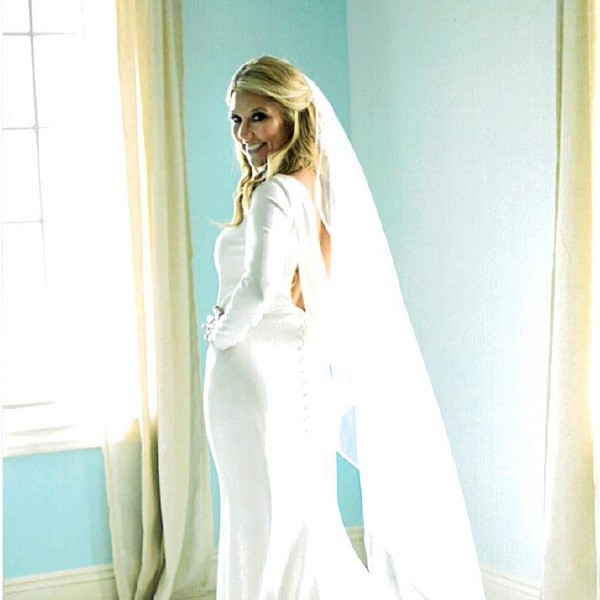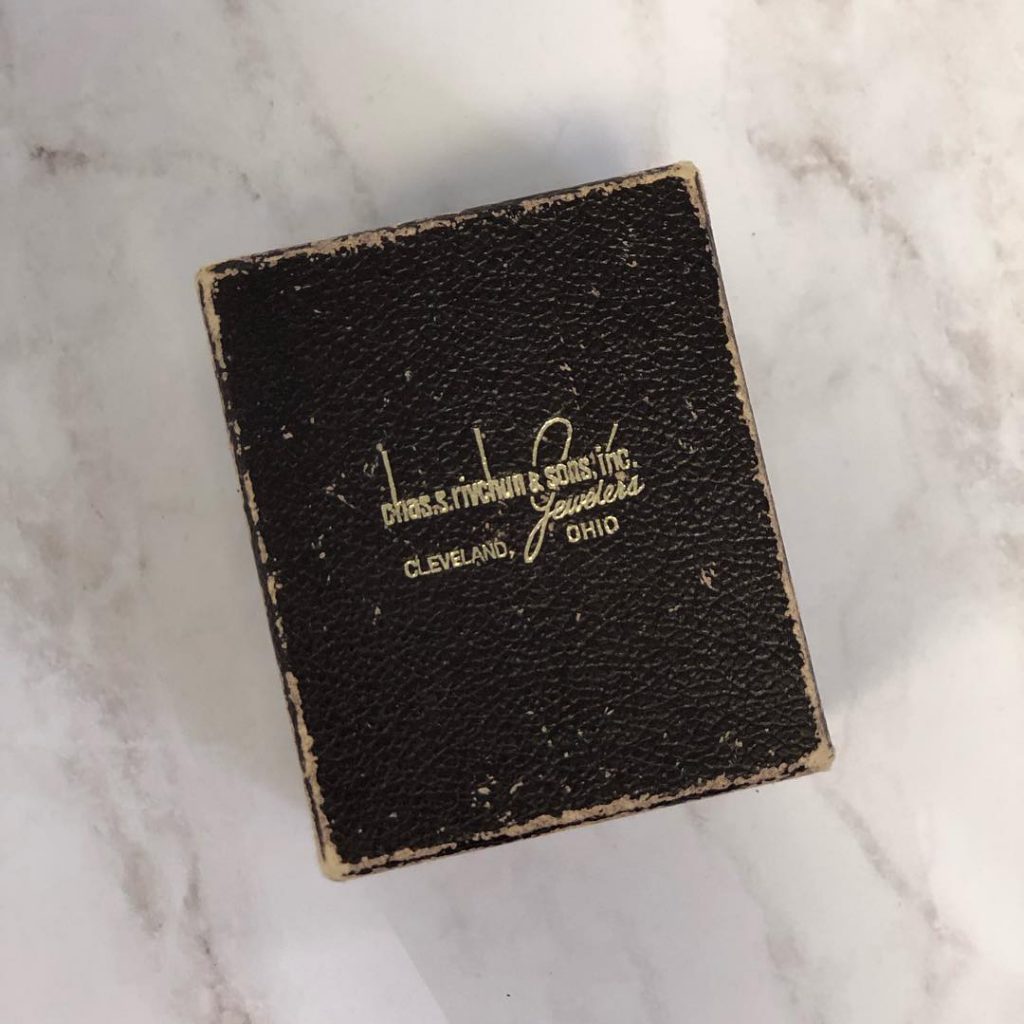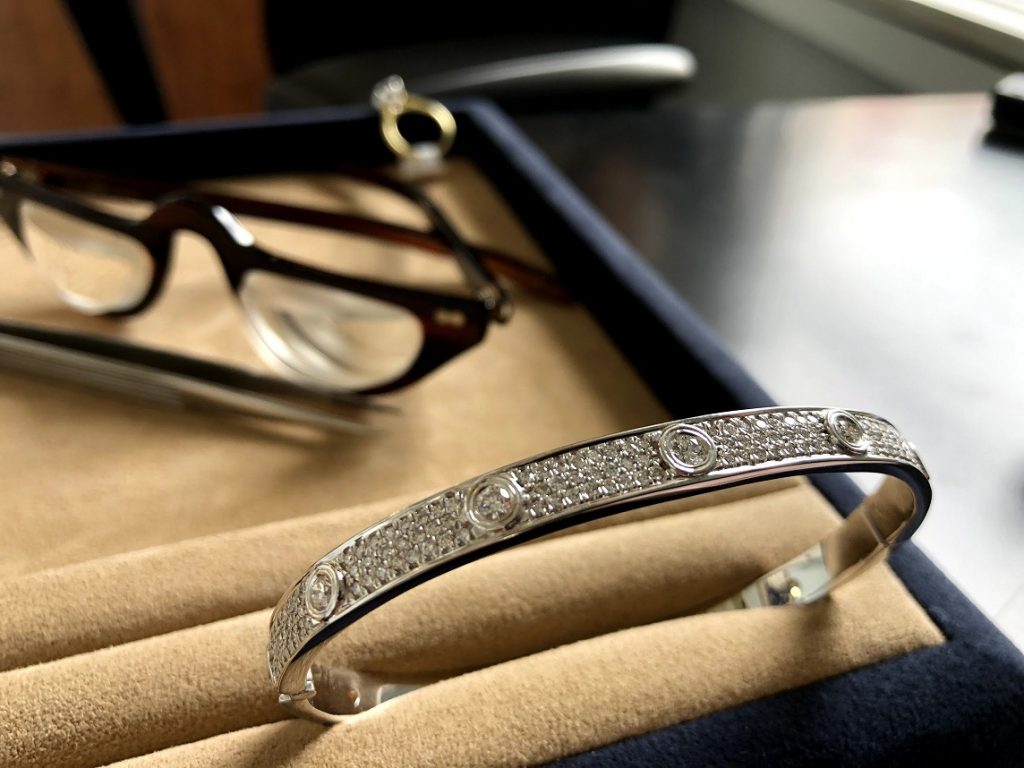Understanding Jewelry Components
To care properly for your jewelry, it’s helpful to understand a little about the individual components of each piece of jewelry.
- Each type of gemstone is characterized by a unique combination of hardness and durability.
- Gold is relatively soft and can be scratched and abraded by rubbing against gold and most other jewelry.
- Platinum is harder and denser than other precious metals and can actually impose damage on softer gold and silver.
- Diamonds, although the hardest substance known, can and will scratch other diamonds; they can also chip and break if struck hard in just the right direction.
- Organic materials, like pearl, shell and coral can be attacked by many chemicals, including some found in common household solutions.


Wearing Your Jewelry
Wear your jewelry in ways that are respectful to the physical characteristics of jewelry combined with your lifestyle.
- If you are active and busy with your hands, be careful with gemstones that are set high or with exposed surfaces that can be scratched or chipped.
- Wearing rings against each other – either on the same finger or different fingers –will abrade the rings and eventually wear them thin.
- Thin fragile chains should be reserved for special occasions. Sturdier chains should be selected for everyday or active wear and for dangling pendants.
- Hollow jewelry, like earrings and bracelets, can be dented by a hard blow, by dropping onto a hard surface, or by knocking against other hard objects. Some hollow earrings can be dented by a telephone receiver.
- Most body lotions will cling to gems and jewelry making them greasy and dull and attractive to dust and dirt. Perfume and hair spray can affect organic materials. Apply cosmetics before putting on your jewelry.
- Some gemstones will change colors in suntan booths; remove jewelry before tanning.
- Have your jewelry checked frequently for loose gems, worn prongs or weak areas.
Storing Your Jewelry
When you’re not wearing your fine jewelry, the manner in which you store it can affect its condition and longevity.
- Separate jewelry pieces from each other and store them separately in different compartments, soft pouches or cloths.
- Never wrap jewelry in tissues that may easily be discarded.
- Most jewelry will cloud or tarnish if stored in plastic bags.
- Avoid storage places of extreme temperatures like freezers, in-floor storage and some wall safes.
- Avoid leaving jewelry for prolonged periods of time in moisture deprived places like safety deposit boxes.


Cleaning Your Jewelry
Your jewelry should be professionally cleaned and checked at least once every six months. To keep it looking like new, however, have it professionally cleaned every 30 to 90 days.
- Avoid harsh chemicals like ammonia or abrasive cleaners.
- Do not use toothpaste to scrub your jewelry as it may lightly scratch some gems and will leave most gems cloudy.
- Mild household detergent – clear rather than cloudy – mixed with warm water, is generally the best cleaning agent for fine jewelry.
- Avoid bar soaps because they usually contain oils or lotions that will adhere to jewelry and make it cloudy.
- Use a soft brush and try to clean off the back of gems as well as the tops. Most grease and dirt is trapped underneath.
- Do not immerse a strand of pearls in liquid; the string can rot and probably discolor the pearl from inside. Clean pearls with a damp, soft cloth, being careful not to tug on the string.
| Gemstone | Cleaning and Precautions | Durability | Hardness |
|---|---|---|---|
| January's Birthstone Garnet | Ultrasonic or steam cleaning* usually safe and effective. | Good to very good toughness; acceptable for everyday wear. | 7 – 7.5 |
| February's Birthstone Amethyst | Ultrasonic or steam cleaning* usually safe and effective. | Good toughness; acceptable for everyday wear. | 7 |
| March's Birthstone Aquamarine | Ultrasonic or steam cleaning usually safe; Recommend jewelry cleaner and a soft brush. | Good to very good toughness; somewhat brittle; may chip or crack if hit hard. | 7.5 – 8 |
| April's Birthstone Diamond | Ultrasonic or steam cleaning* usually safe and effective. | Good to very good toughness; highly suited for everyday wear. | 10 |
| May's Birthstone Emerald | Avoid ultrasonic or steam cleaning; Use warm water and a soft brush. | Fair to poor toughness due to internal fractures; wear with care to avoid nicks and chips. | 7.5 – 8 |
| June's Birthstone Pearl | Wipe with a soft cloth. Avoid acids, cosmetics and hair spray. Never immerse strands. | Can scratch easily; wear with care, especially in rings. | 3 – 4 |
| July'sBirthstone Ruby | Ultrasonic or steam cleaning* usually safe and effective. | Very good to excellent toughness; exceptional for everyday wear. | 9 |
| August's Birthstone Peridot | Avoid ultrasonic or steam cleaning and rapid temperature changes; recommend jewelry cleaner and soft brush. | Fair to good toughness; brittle edges; wear with care; good for everyday wear. | 6.5 – 7 |
| September's Birthstone Sapphire | Ultrasonic or steam cleaning* usually safe and effective. | Very good to excellent toughness; exceptional for everyday wear. | 9 |
| October's Birthstone Opal | Wipe with a soft cloth; Keep away from chemicals and steam. | Fair to good toughness; use care to protect water content scratches easily; avoid sharp blows. | 5.5 – 6.5 |
| November's Birthstone Citrine | Ultrasonic or steam cleaning* usually safe and effective. | Good toughness; acceptable for everyday wear. | 7 |
| December's Birthstone Blue topaz | Ultrasonic or steam cleaning* usually safe and effective. | Good toughness; acceptable for everyday wear. | 8 |
| Tanzanite | Avoid ultrasonic or steam cleaning; Use warm water and a soft brush. | Fair to poor; exhibits cleavage and can scratch relatively easy; caution for everyday wear. | 6 – 6.5 |

 instagram post
instagram post